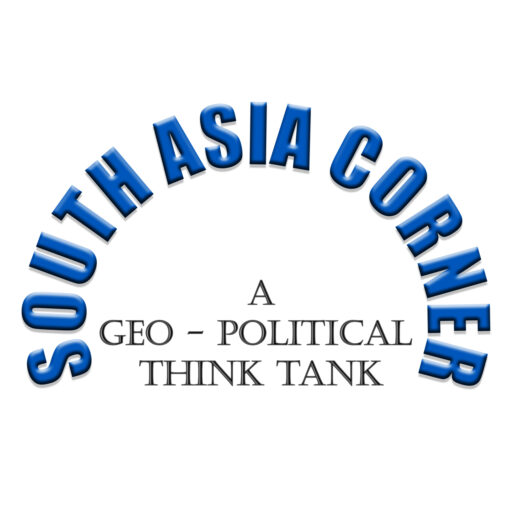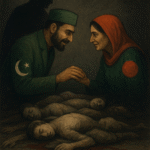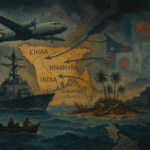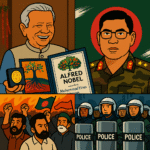Introduction: South Asia, a region of diverse cultures, languages, and histories, is emblematic of both promise and peril. South Asia encapsulates a complex tapestry of challenges and opportunities, from economic growth to security threats, demographic dividends, and political turbulence. In this blog, we delve into the multifaceted dimensions of South Asia, examining its challenges, threats, economy, human resources, diplomacy, military, maritime dynamics, alliances, and the state of democracy and demography.

Challenges and Threats: South Asia has many challenges, including poverty, inequality, terrorism, and environmental degradation. Persistent territorial disputes and terrorism exacerbate tensions and hinder regional cooperation. Additionally, the threat of extremism and terrorism poses a significant security challenge, undermining stability and development efforts across the region.
Economy and Human Resources: Despite significant economic growth in recent decades, South Asia faces formidable economic challenges. Income inequality, inadequate infrastructure, and a large informal sector impede inclusive growth. However, the region’s youthful demographic dividend presents an opportunity to harness a skilled workforce and drive innovation.
Diplomacy and Alliances: Diplomatic relations within South Asia are often fraught with tension, fueled by historical animosities and geopolitical rivalries. Regional organizations like the South Asian Association for Regional Cooperation (SAARC) strive to promote cooperation but are hindered by bilateral disputes. Meanwhile, countries in the region increasingly seek to diversify their diplomatic engagements, forging alliances beyond traditional partners to enhance economic and security cooperation.
Military and Maritime Dynamics: South Asia is characterized by military modernization efforts and strategic competition, particularly between India and Pakistan. Nuclear arsenals and conventional military capabilities raise the stakes of any potential conflict. Moreover, the Indian Ocean’s strategic importance has heightened maritime competition among regional and extra-regional powers, shaping regional security dynamics.
Democracy and Demography: While South Asia boasts a diverse array of democratic systems, challenges to democratic governance persist, including corruption, weak institutions, and political polarisation. Furthermore, demographic trends, such as rapid urbanisation and population growth, pose opportunities and challenges for sustainable development and governance.
Conclusion: South Asia is at a crossroads, navigating various challenges and opportunities. Addressing longstanding conflicts, fostering inclusive economic growth, strengthening democratic institutions, and enhancing regional cooperation are imperatives for realising the region’s full potential. As South Asia continues to evolve, concerted efforts by governments, civil society, and the international community are essential to navigating the region towards a more prosperous, stable, and equitable future.

Bibliography:
- Cohen, Stephen P. “The South Asia Paradox: Enduring Tensions, Rising Opportunities.” Brookings Institution, 2019.
- Ganguly, Sumit. “Conflict Unending: India-Pakistan Tensions since 1947.” Columbia University Press, 2002.
- Khilnani, Sunil et al. “The Other One Percent: Indians in America.” Oxford University Press, 2017.
- Lamontagne, Monique. “Democracy in South Asia: An Introduction.” Routledge, 2018.
- Malik, V. P. “Military Dimensions of India’s Look East Policy.” Routledge, 2016.
- Panda, Jagannath P. “India’s Maritime Strategy: Balancing Regional Ambitions and China.” Routledge, 2020.
- Raghavan, Srinath. “The People Next Door: The Curious History of India’s Relations with Pakistan.” Penguin Random House India, 2019.
- SAARC Secretariat. “SAARC at a Glance.” SAARC Secretariat, 2021.
- Shambaugh, David. “Alliances and International Order.” Oxford University Press, 2019.
- Varshney, Ashutosh. “Battles Half Won: India’s Improbable Democracy.” Penguin Random House India, 2014.






